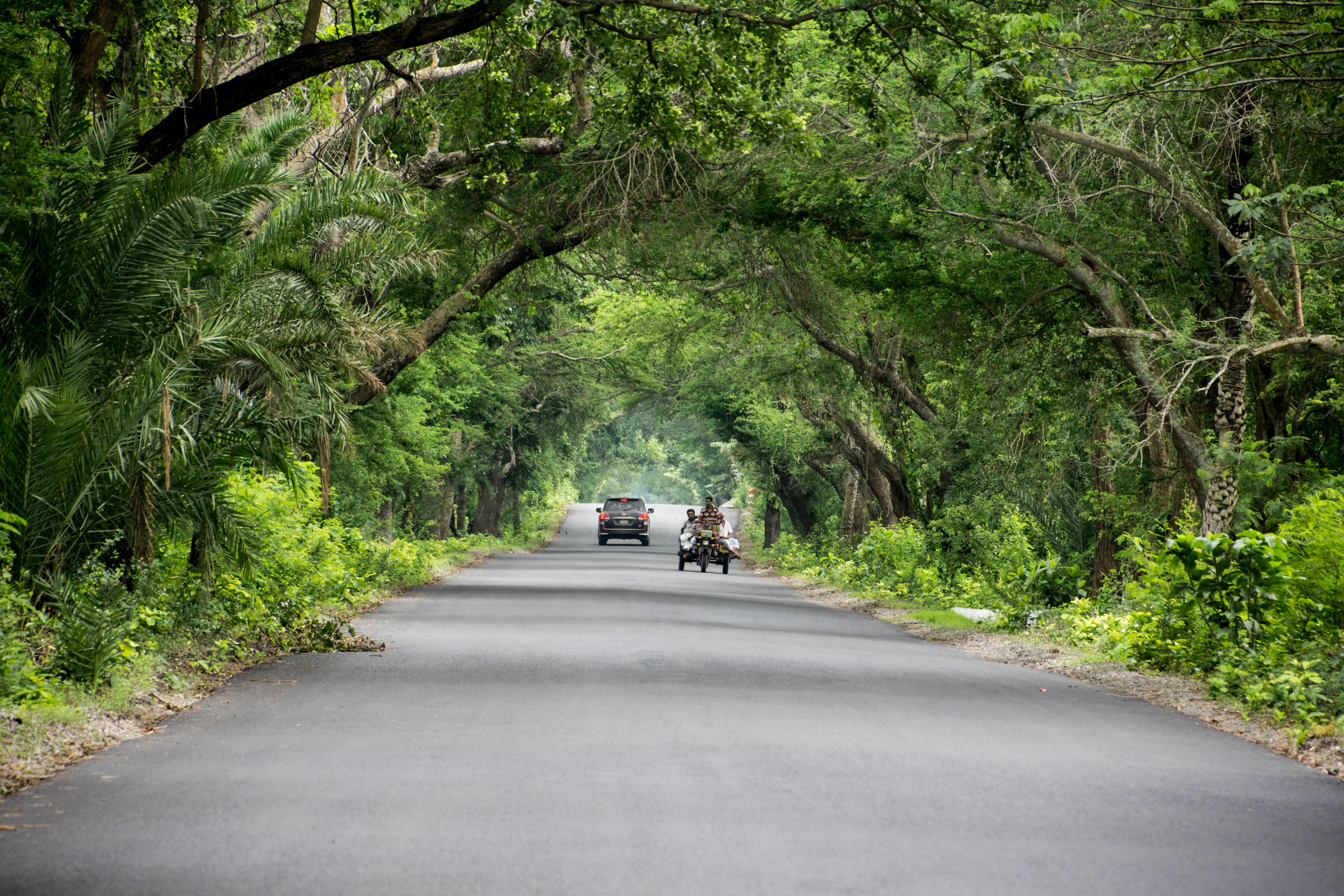
Ground Cover Plants: The Benefits Of Growing Junipers As A Ground Cover, Landscaping Plants
There is a wide variety of forms of juniper cultivated as landscaping plants, ranging from tall and very low growing trees, shrubs, ground cover plants. They are all evergreen conifers, with needle-like foliage and fleshy berry-like fruits rather than the typical wooden cones of coniferous plants.
With increasing water scarcity in hot, dry climates, many gardeners are looking for alternatives to water-intensive lawns and flowers, and drought-tolerant ground cover plants are often seen as a possible answer to the problem. As drought resistant plants, ground cover juniper varieties, while not without some drawbacks, are often excellent candidates for the job.
Junipers are a stable element in the garden. Most, but not all, species are relatively free of pests and diseases, while established plants require virtually no care or maintenance throughout the year. If grown in the right conditions (more on that in a bit), they are probably among the easiest plants to grow, ideal for the home gardener short on time.
However, the main disadvantages are that they are slow growing, while they must be planted at a distance from each other that almost corresponds to the final width of the species or variety. This, in some cases, can be quite considerable, as with the Bar Harbor juniper (J. horizontalis “Bar Harbor”), which spreads to about 3 meters. (9-10 feet)
It is a mistake to overplant junipers or fill in gaps with ephemeral plants such as short-lived annuals or perennials. There is no alternative but to be patient and wait for the new plants to cover the ground, which can take a few years or so.
This leads to another drawback. Small specimens, planted at large distances, not only look poor, but are easily seized by weeds. On the other hand, the option of planting large specimens ends up being very expensive, because junipers, being slow-growing plants, are not cheap.
The importance of mulch
To overcome the problems associated with planting relatively small specimens, it is essential to spread a good layer of organic mulch, such as decorative wood chips, between the plants. Not only will this improve the overall appearance of the garden, but it will kill weeds and help keep the root zone cool, a considerable benefit in hot summer weather. The improved growing conditions that result from organic mulch help junipers survive the rough first year and cover the area more quickly.
What junipers need
Junipers tolerate most soil types, including alkaline soils typical of dry climate regions, but must have decent drainage. In hot summer areas, they prefer deep, spaced watering to frequent, shallow watering. Remember that they are more susceptible to lack of air in the root zone than to lack of moisture.
Adding copious amounts of well-rotted compost to the soil before planting, along with a decent layer of organic mulch on top of the soil will, of course, improve the air/moisture balance in the root zone. Organic soil amendments should also take care of all of the junipers’ feeding requirements. The genus is sensitive to excessive nutrient levels, so applying chemical fertilizers is undesirable.
Despite some of the drawbacks involved in the early years, Juniper ground covers are attractive, drought-resistant, easy-care, and relatively pest-free landscape plants. For dry climate gardeners, therefore, they are particularly important.